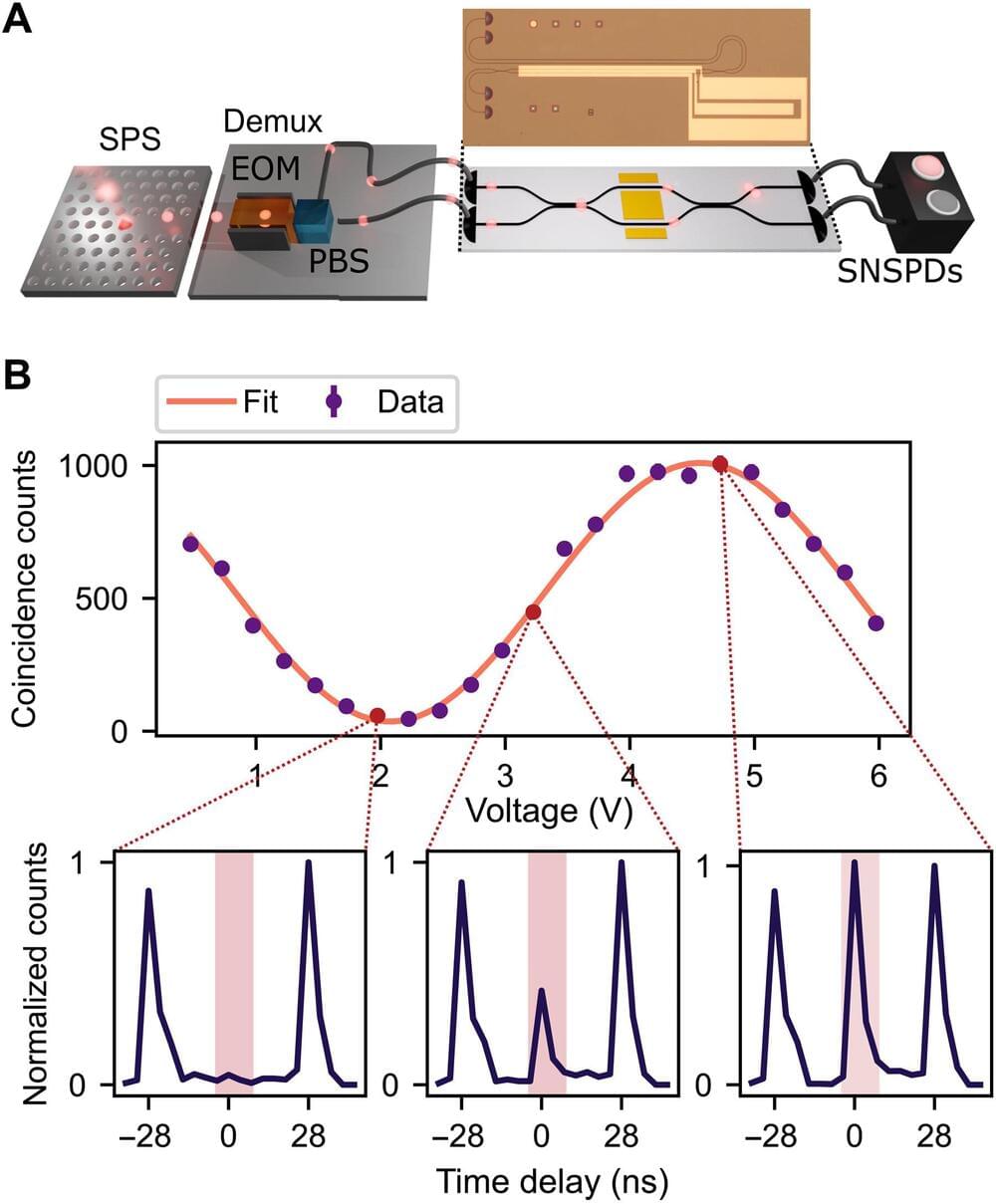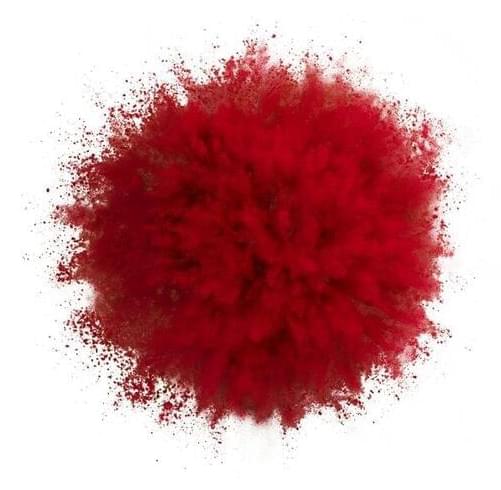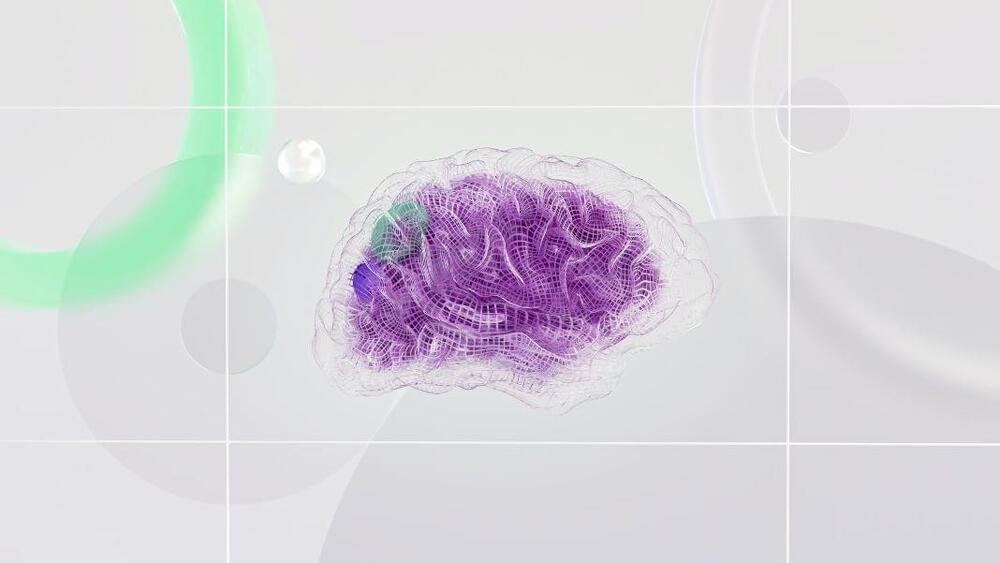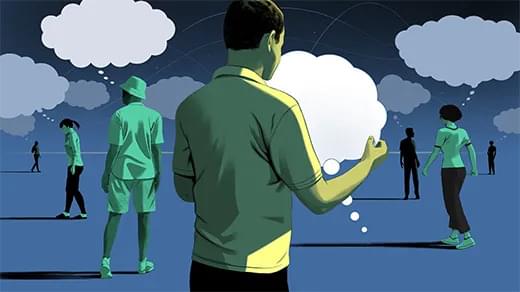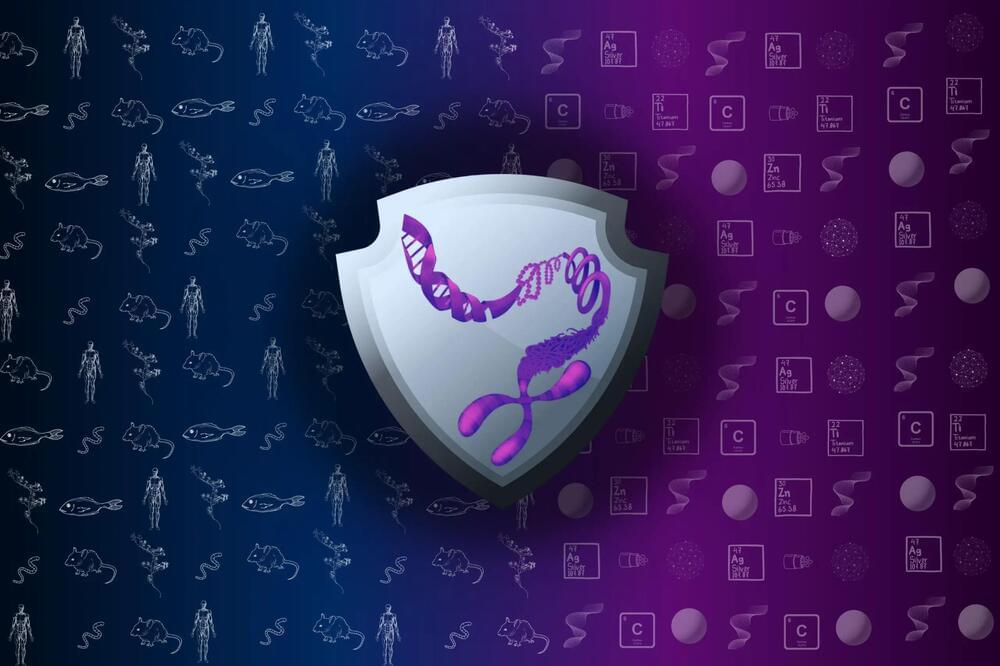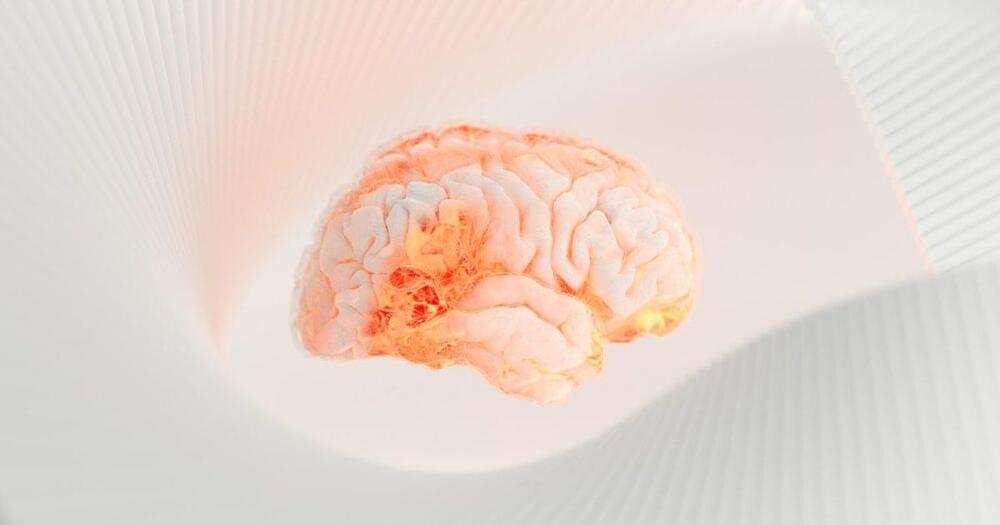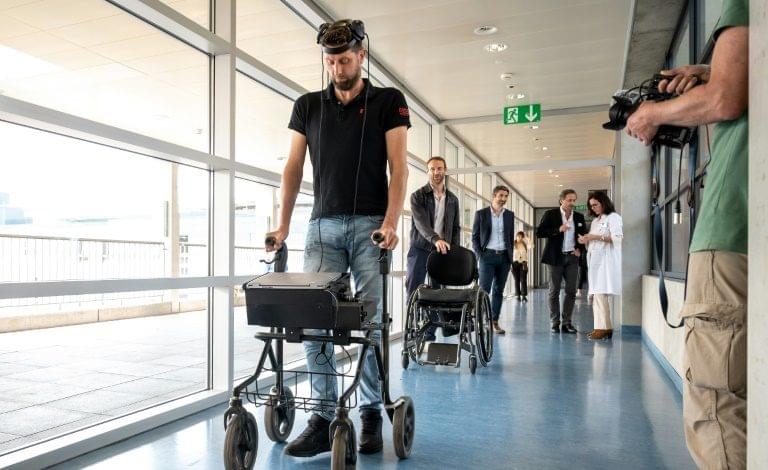Elon Musk has ruled out the possibility of a winter for artificial intelligence, and hinted that the current boom is just beginning.
“There will not be a winter for AI, quite the opposite,” the business mogul tweeted on Sunday.
Musk’s tweet was in response to comments from Adam D’Angelo, the CEO of Quora, who said he expects to see “continual progress” from where AI currently stands all the way to artificial general intelligence (AGI) – without a period of time that feels like a “winter,” or downturn.

